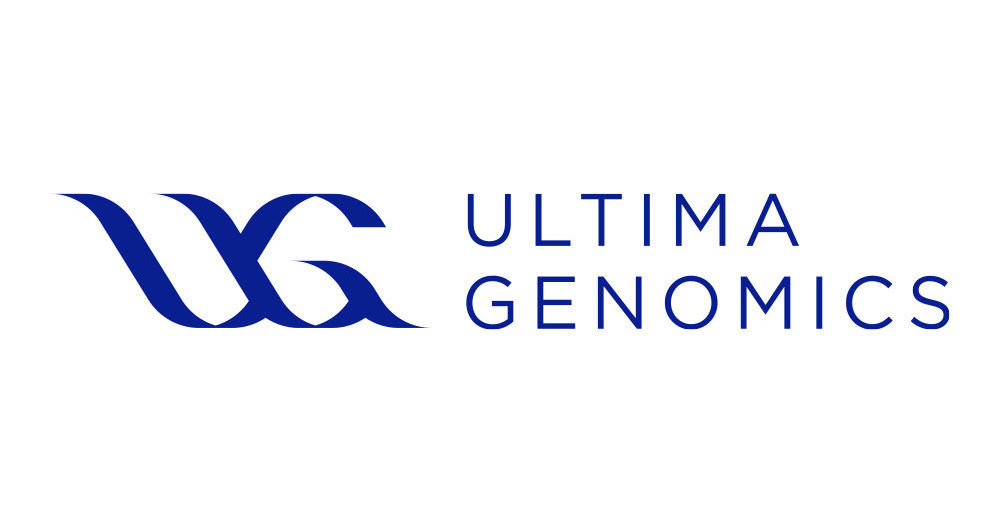Ultima Genomics Seeks to Deliver the $100 Genome

Today Ultima Genomics emerged from stealth mode with a new high-throughput, low-cost sequencing platform that seeks to deliver the $100 genome. Ultima’s goal is to unleash a new era in genomics-driven research and healthcare, and it has secured approximately $600 million in backing from leading investors who share this vision.
The first scientific results from research institutes using the platform for whole-genome sequencing, single-cell sequencing, and cancer epigenetics will be presented at The Advances in Genome Biology and Technology (“AGBT”) in Florida next week with initial data published this week.
Data from over 200 whole human genomes, generated at the Broad Institute of MIT and Harvard, which was the company’s first early access site, in addition to a co-developed update to Broad’s open-sourced GATK toolkit and the first demonstration of single cell RNA-seq methodologies from Joshua Levin and Aviv Regev, will be shared at AGBT. Pre-prints are available on BioRxiv, and reference human genome data and software will be made available to the community.
A four million cell genome-wide PerturbSeq study, performed by Jonathan Weissman’s team at The Whitehead Institute and pending publication, demonstrates immediate usability for Ultima’s platform in large-scale single-cell studies.
Initial clinical evaluation data, as well as Hi-C genome structure data at an unprecedented resolution, generated in collaboration with researchers at Baylor College of Medicine, will be shared at AGBT.
Whole genome methylation landscape of pre-cancerous tissues, generated in collaboration with Michael Snyder’s lab at the Center for Genomics and Personalized Medicine at Stanford University, to be released as a pre-print on BioRxiv.
Multiple demonstrations of the ability to quantify circulating tumor by deep whole genome sequencing of cell-free DNA, performed in collaboration with researchers from Cancer Research UK and New York Genome Center, will be presented at the conference.
Biology’s complexity and dynamic nature has created a virtually unlimited need for genomic information. Currently, routine adoption of sequencing for research and diagnosis is severely constrained by cost. Over the last five years, Ultima Genomics strived to develop a fundamentally new sequencing architecture designed to scale beyond conventional approaches, including completely different approaches to flow cell engineering, sequencing chemistry, and machine learning.
“DNA is nature’s storage media and the instruction set for every living organism, yet with current technologies, we can’t access that information at the scale needed to truly understand complex biology” said Gilad Almogy, Ultima Genomics’ founder and Chief Executive Officer. “Our architecture is intended for radical scaling, and the $100 genome is merely the first example of what it may deliver. We are committed to continuously working to drive down the cost of genomic information until it is routinely used in every part of the healthcare system.”
“Scientists and clinicians continuously make tradeoffs between the breadth, depth, and frequency of genomic information they collect,” Doron Lipson, Chief Scientific Officer of Ultima Genomics explains. “By overcoming the limitations of conventional next-generation sequencing technologies, researchers can now design experiments and clinical assays that were previously impossible.”
“Ultima Genomics’ architecture seeks to revolutionize sequencing and take what we can do to a whole new level,” said Michael Snyder, Director of the Center for Genomics and Personalized Medicine at Stanford University. “We believe the ability to sequence many thousands of genomes and epigenomes will transform diagnostics and disease risk prediction.”
“The latest advances in biomedical research require an increasingly larger scale of sequencing,” Jonathan Weissman, Professor at the Whitehead Institute explains. “We have seen the quality of Ultima Genomics sequencing in millions of single cells, and now are initiating even larger experiments that weren’t previously feasible.”
Ultima Genomics has raised approximately $600 million from investors including General Atlantic, Andreessen Horowitz, D1 Capital, Khosla Ventures, Lightspeed, Marius Nacht, aMoon, Playground Global, and Founders Fund.
Links to the papers can be found at www.ultimagenomics.com.
About General Atlantic
General Atlantic is a leading global growth equity firm with more than four decades of experience providing capital and strategic support for over 445 growth companies throughout its history. Established in 1980 to partner with visionary entrepreneurs and deliver lasting impact, the firm combines a collaborative global approach, sector specific expertise, a long-term investment horizon and a deep understanding of growth drivers to partner with great entrepreneurs and management teams to scale innovative businesses around the world. General Atlantic currently has over $84 billion in assets under management inclusive of all products as of December 31, 2021, and more than 215 investment professionals based in New York, Amsterdam, Beijing, Hong Kong, Jakarta, London, Mexico City, Mumbai, Munich, Palo Alto, São Paulo, Shanghai, Singapore, Stamford and Tel Aviv. For more information on General Atlantic, please visit the website: www.generalatlantic.com.
About Ultima Genomics
Ultima Genomics is working toward unleashing the power of genomics at scale. The Company’s mission is to continuously drive the scale of genomic information with hopes to enable unprecedented advances in biology and improvements in human health. With humanity on the cusp of a biological revolution, there is a virtually endless need for more genomic information to address biology’s complexity and dynamic change—and a further need to challenge conventional next-generation sequencing technologies. Ultima’s revolutionary new sequencing architecture is anticipated to drive down the costs of sequencing to help overcome the tradeoffs that scientists and clinicians are forced to make between the breadth, depth, and frequency with which they use genomic information. The new sequencing architecture was designed to scale far beyond conventional sequencing technologies, lower the cost of genomic information and catalyze the next phase of genomics in the 21st century. To learn more, visit www.ultimagenomics.com.
